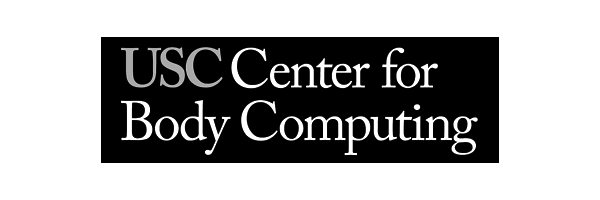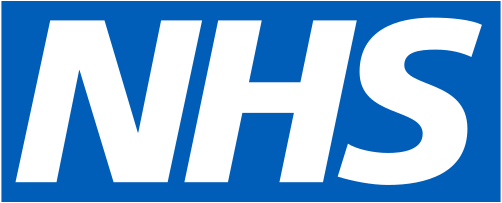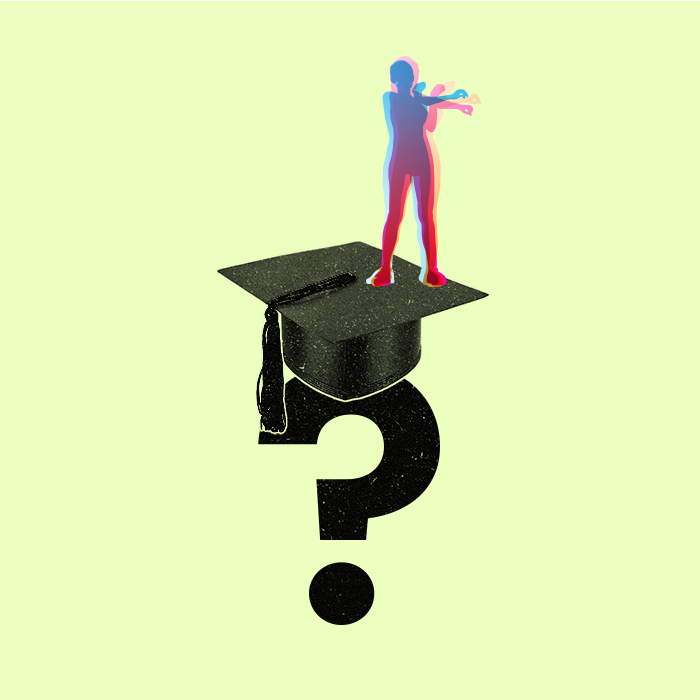
Academic Well-Being: Why Universities Should Teach Mind-Body Health
Being a senior and starting your first day of your final year of college is incredibly bittersweet, as is beginning a new life at university. With all of the new beginnings and new worlds that are accessible, there are also many endings for both freshmen and seniors.
For me, senior year was all about making the most of my last moments in college. Transitions can be difficult, especially for those of us who lost so much of our education and school experiences due to COVID. As for freshmen entering college life, finding your footing with difficult coursework and a more independent life can be jarring and usually involves a lot of learning not just in the classroom, but outside of it as well. It is important that all phases of students are set for success by their professors and universities through proper resources for mental and physical well-being, in other words, supporting overall academic well-being.

Photo credits: Mckayala Nevers
How can universities help students with academic well-being?
Emotional literacy courses and wellbeing tools give students the tools to succeed now and in the future, strengthening their academic well-being as they learn how to manage stress and balance workloads
Universities, including my alma mater Purdue University, are recognizing student’s struggles and creating more resources for students to improve their mental health and learn healthy habits.
Many students coming into university have never taken a course to teach them about emotional literacy, mind and body care, and prioritizing wellbeing, all of which are incredibly important skills for students to succeed in college and beyond. These skills contribute directly to academic well-being by teaching students how to regulate emotions, manage time effectively, and avoid burnout.
It is common for students to overwork themselves, studying for hours or days on end with little to no breaks, sleeping in the library during finals, or missing meals to get a few extra chapters of reading in. And while studying and performing well is an integral aspect of college, taking microbreaks throughout the day and longer breaks throughout the week can actually improve performance, mental well-being, productivity, focus, and much more, all essential components of academic well-being.
One of my greatest experiences at Purdue was enrolling in Dr. Marissa Knox's course on mindfulness. This course was the catalyst I needed to help me make the most of my senior year and be prepared for my adult life in the world after graduation. I was welcomed to just sit with myself, my thoughts, and my feelings. I was encouraged to be present in each “last” I was experiencing at Purdue and was able to fully take in every moment I would soon be leaving behind. I found myself stepping back from the stress and anxiety caused by courses and job applications and gave my body and mind the rest and recovery it needed throughout the day — a key practice for maintaining academic well-being.
Dr. Knox made a profound impact on my life. In one of our first guided meditations, I realized just how much I had been struggling and Dr. Knox gave me the space to finally take a breath, pause, and listen to my mind and body.
It can be difficult to deal with the “lasts” ticking down or the transition to moving from home and beginning a new and far more independent life at university. Luckily, I was armed with an entire semester of knowledge, kindness, and tools from Dr. Knox, something that sticks with me every day even now, almost 2 years later.
I am thrilled to see more universities adding courses like Dr. Knox’s to help students navigate their mental health and learn skills that will help them improve their mental health and overall wellbeing. These programs are a powerful way to foster academic well-being among students navigating intense transitions.
I am also very lucky to work for an organization that offers their app for free to schools worldwide to teach them emotional literacy, mind-body connection, and healthy pauses throughout the day. Breakthru is a tool that can encourage students to be more present in this world of distractions and comparisons and allow themselves the pause they may feel isn't earned. Supporting this kind of mindfulness is one of the simplest ways to enhance academic well-being campus-wide.
Learning how to reflect, pause, move your body mindfully, explore nature intentionally, and bring your body into your day are invaluable skills that have carried me through difficult times as university ended and into adulthood. I am a better, healthier, and happier person because of them, and because I learned to value my academic well-being.
How can microbreaks help students with their focus, productivity, and academic well-being?
Movement microbreaks can help students regain or maintain energy, improve focus during and after complex tasks, increase vigor, and recover their cognitive system, all key drivers of sustained academic well-being.
College requires students to be focused on incredibly demanding tasks and complex topics for hours on end. A typical day consists of multiple lectures, followed by even more learning in the form of out-of-class reading, extracurriculars, and homework. It is easy to get caught up in the hustle of college, constantly working to improve grades, outdo classmates, and work on homework through all hours of the day and night, but is that really the best way for students to operate for their academic well-being?
Our brains have a finite capacity for focusing on a task and taking in information and it is necessary for our brains to slow down2 and take a break in order to restore our cognitive abilities and energy. Microbreaks “recover the cognitive system”, which leads to feeling more refreshed and vigorous3. Pushing through a decline in energy can reduce performance, increase the number of errors, and deplete motivation. Adding breaks can even reduce the amount of effort required to continue or finish a task at optimal performance levels.1 Taking the time to pause and allow their minds to reset before continuing can also help students stop the accumulation of stress brought on by studying, coursework, and lectures, another critical aspect of academic well-being.
Professors can even add microbreaks to their lectures to get students ready to learn. Students in a 4-hour lecture began adding 6-minute stretching and aerobic breaks to their classes and researchers surveyed the students before, immediately after, and 20 minutes after the breaks. Researchers found that the movement breaks led to an increase in vigor and relaxation and a decrease in fatigue immediately following the break, with effects lasting for more than 20 minutes, a direct benefit to student academic well-being.
University can also present a difficult physical transition, with many students no longer participating in athletics and finding themselves sitting for many hours during lectures and study sessions. Many students need help maintaining a movement routine and preventing musculoskeletal pain as they transition to a more sedentary adult lifestyle that requires long hours spent in a classroom, at a desk, and on the computer. Moving your body frequently throughout the day can lead to less musculoskeletal pain and fewer painful body regions, especially in the neck, wrists, shoulders, and upper back4. Breakthru users have even noted that taking microbreaks throughout the day made them more likely to move more after work, or in this case, after lectures or homework, a ripple effect that strengthens both physical health and academic well-being.
Even if students are in a situation where they cannot do a movement microbreak, Breakthru’s breathing breaks can help alleviate exam anxiety, get students ready for a long lecture, or reduce the stress of studying. Modifying breathing rate and depth is effective in reducing negative emotional states such as depression, anxiety, and stress; reducing pain; improving visceral function; improving mood; and enhancing learning5. These physiological and emotional benefits together enhance overall academic well-being.
Encouraging students to take more breaks and providing them with the tools to help them do so can improve their mental and physical states, allowing them to continue studying with energy and motivation, mentally recover from or prepare for a difficult exam, and complete coursework with fewer errors and less physical pain, all essential elements of academic well-being.
Top 5 ways universities can encourage students and staff to take microbreaks:
- Request Breakthru for your school: It's quick and free! Send an email to info@breakthru.me
- Work with your IT department to pin the app: This makes it more discoverable for students and faculty.
- Schedule a free demo: Learn more about how to use and share Breakthru.
- Share launch materials with staff: Share the science behind Breakthru and encourage faculty to share it with students.
- Post an article about microbreaks: Use the school website or paper to encourage students to use microbreaks to boost energy, reduce fatigue, and use their mood as a resource for academic well-being.
How can faculty help students learn more effectively and take care of themselves?
Professors and advisors can encourage students to seek out courses and tools that can help them care for their mind and body. Supporting emotional literacy, self-regulation, and physical wellness are essential to nurturing student academic well-being.
Breakthru has made the commitment to offer the app for free, for schools, forever, in an effort to continue this invaluable teaching of health and wellbeing practices that support academic well-being.
Use Breakthru to help your students refresh and reset their minds in times of need.
How to get Breakthru in the hands of your students in the most meaningful ways:
- Add Breakthru to your class: During or before a long lecture, before an exam, to switch between complex assignments or topics, or even during online courses, take a Breakthru with your students and share the link to download and play. Breakthru breathing breaks can ease exam worries, help students relieve stress during finals week, and get students ready to learn. Movement breaks can give their minds a much-needed refresh and reset during long lectures, help alleviate musculoskeletal pain from hours spent sitting, and boost performance and productivity, improving both mental health and academic well-being.
- Share resources about break-taking: Breakthru offers documents featuring the most impactful facts around break-taking and sedentary behavior, share these facts with your students, start a conversation around the importance of taking breaks, and encourage them to add microbreaks to their day to support academic well-being.
- Remind them that they are not alone in their struggles: College is incredibly difficult and students need all of the encouragement and resources they can get. Remind them that stress and burnout happens, but taking breaks can help combat these issues. Permission and encouragement to take breaks from successful mentors can not only increase the likelihood of taking breaks6, but also make the benefits of breaks more impactful7, all contributing to stronger academic well-being.
- Gift breaks in your Microsoft Teams chat, Slack channel, or through email: Use any of Breakthru’s platforms to gift your students a break. This is especially helpful before exams, during weeks of heavy lectures, or in the middle and end of the semester when students are more susceptible to burnout, key moments to support academic well-being.
Professors and Universities have the power to enhance their student’s physical and mental well-being, as well as improve their performance, productivity and focus. Finding the right courses and resources for students is an important aspect of bettering the lives of students and setting them up for a successful academic year, adult life, and lifelong academic well-being.

Photo credits: Haley O’Neal
- Blasche, G., Szabo, B., Wagner-Menghin, M., Ekmekcioglu, C., & Gollner, E. (2018). Comparison of rest-break interventions during a mentally demanding task. Stress and health : journal of the International Society for the Investigation of Stress, 34(5), 629–638. https://doi.org/10.1002/smi.2830
- Paul, Annie. “How to Think Outside Your Brain”. New York Times, June 2021. https://www.nytimes.com/2021/06/11/opinion/brain-mind-cognition.html
- Headrick, L., Newman, D. A., Park, Y. A., & Liang, Y. (2023). Recovery Experiences for Work and Health Outcomes: A Meta-Analysis and Recovery-Engagement-Exhaustion Model. Journal of Business & Psychology, 38(4), 821–864. https://doi.org/10.1007/s10869-022-09821-3
- Grünwald, J. A., & Licka, T. F. (2023). Health Promotion for Students of Veterinary Medicine: A Preliminary Study on Active Microbreaks and Ergonomics Education. Animals (2076-2615), 13(10), 1641. https://doi.org/10.3390/ani13101641
- Ashhad, S., Kam, K., Del Negro, C. A., & Feldman, J. L. (2022). Breathing rhythm and pattern and their influence on emotion. Annual Review of Neuroscience, 45, 223-247. https://doi.org/10.1146/annurev-neuro-090121-014424
- Waytz, A. (2023, March-April). Beware a culture of busyness. Harvard Business Review. https://hbr.org/2023/03/beware-a-culture-of-busyness
- Nie, Q., Zhang, J., Peng, J., & Chen, X. (2023). Daily micro-break activities and workplace well-being: A recovery perspective. Current Psychology, 42(12), 9972–9985. https://doi.org/10.1007/s12144-021-02300-7
Breakthru in the World
Request a demo to learn how teams stay sharper, healthier, and more connected with Breakthru
See how science-backed, 2-minute microbreaks can boost focus, motivation, and resilience for your organization.
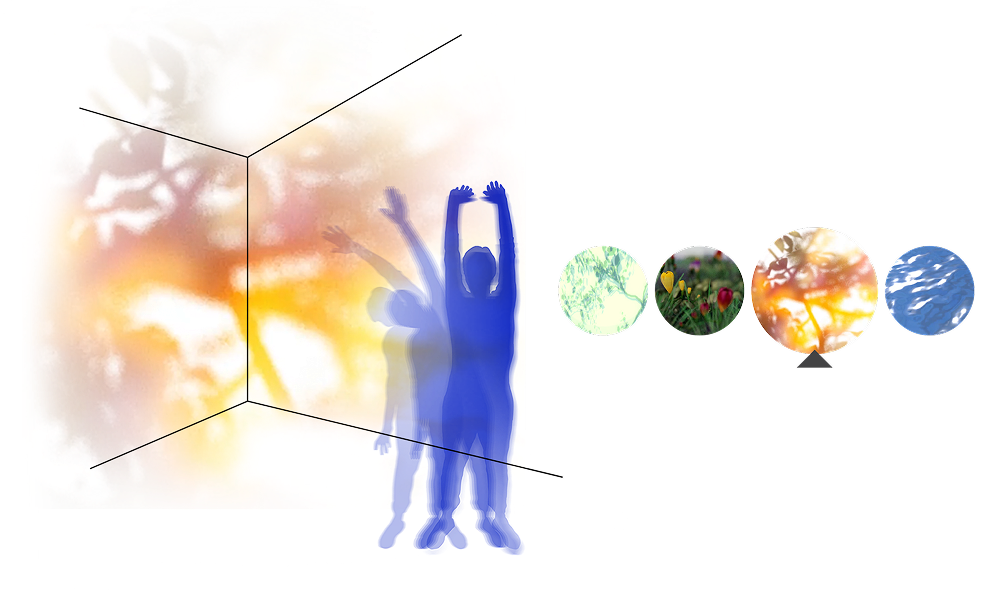
Join the
45,000+
corporations, educational
communities, and non-profits
worldwide using Breakthru.

